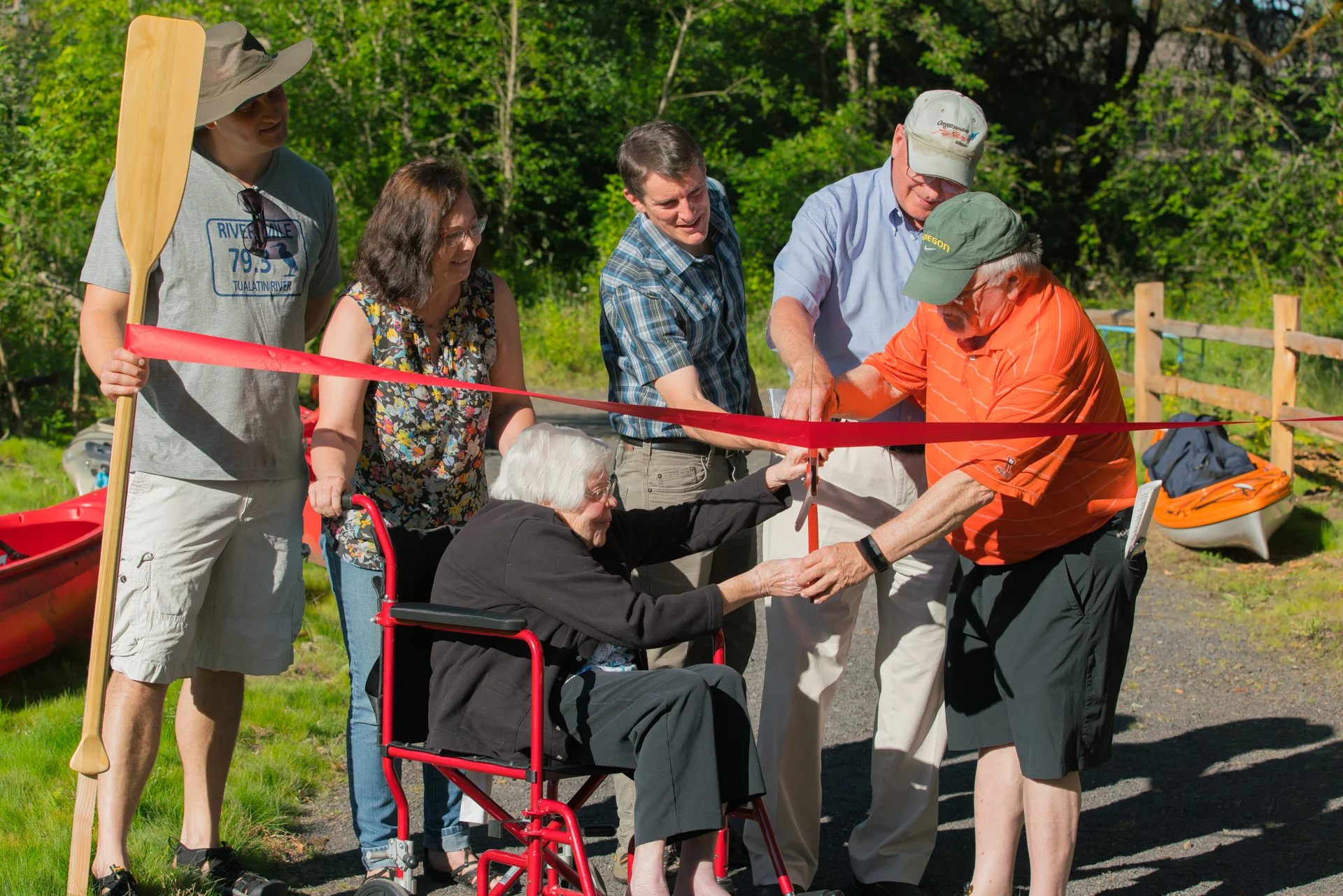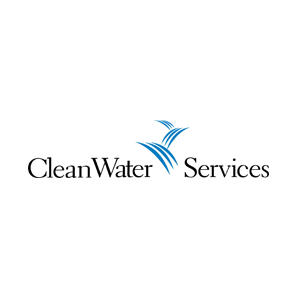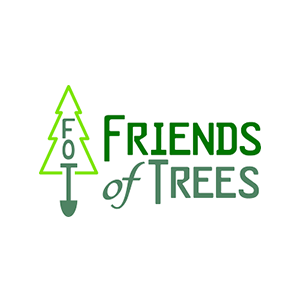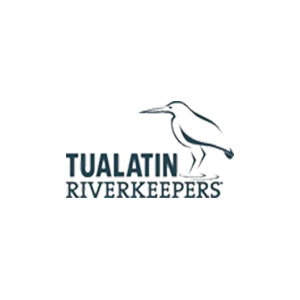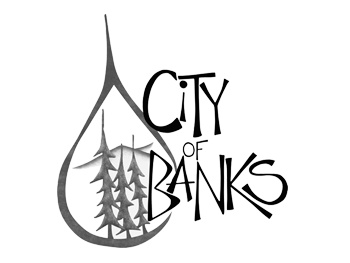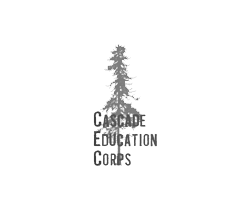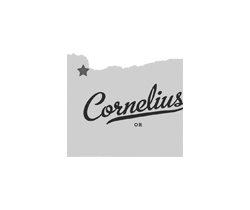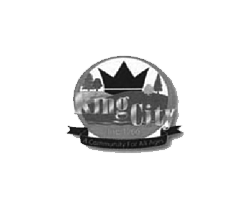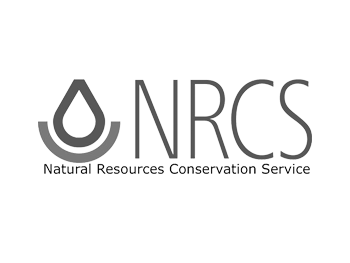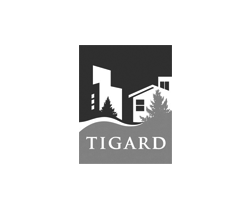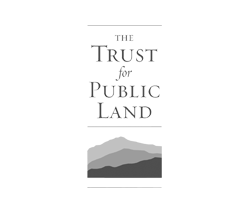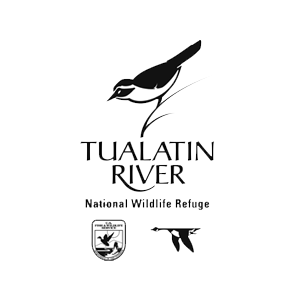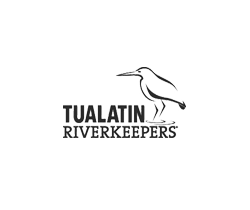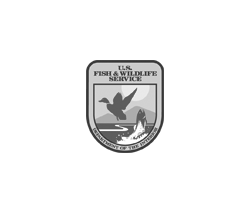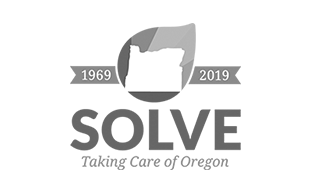Where People, Plants and Wildlife Connect with the River
Washington County residents and visitors now have another way to safely access the Tualatin River and enjoy its slow meander by way of canoe, kayak or stand-up paddleboard. Working together, Tree for All partners have transformed seven acres at a busy rural intersection into a place that’s healthy for people and plants, water and wildlife.
The Site
First planting: 2016
Size: 7.5 acres
Stream length: 393 feet
Total to date: 14,555 plants, plus 200 pounds of seed
Plant communities: Riparian Forest, Oak Woodland, Oak Savanna, Palustrine Shrub Wetland, Upland Shrub
A symbol of the river's recovery
In the mid-20th century, the Tualatin River was little more than a polluted ditch at Farmington in the summer.
The Challenge
Even minor development, such as building a house or barn, can compromise soils, plant communities and water quality. At this corner of Southwest Farmington and River roads, starting around the middle of the 20th century, development and other activities created conditions that would ultimately qualify a portion of the site for a brownfields cleanup grant. Much of the habitat was also degraded and fragmented due to non-native and invasive plants.
This kind of cleanup, while challenging, is nothing new for Tree for All partners. What was distinctive about the planning and implementation of this project was the site’s intended use for recreation and education. At many Tree for All sites, the only people you see are those engaged in monitoring and maintenance activities, such as planting trees or taking water samples. Not so at Farmington Paddle Launch! Not only is the site designed for paddling, pedaling and picnics; it’s also at the intersection of two major roads, right across the street from a 1950s-style diner known for its burgers and shakes.
Knowing there would be a steady stream of visitors, partners were challenged with creating amenities to serve people without harming soil, plants and wildlife. These include the gravel path and concrete ramp necessary for boat access, as well as the restroom, a parking lot and picnic tables – all connected by paved pathways. They needed to plan and build in very intentional ways, attentive not only to the immediate effects of construction, but also to the future impact of people walking, biking and driving at the site.
Much of the site is in the Tualatin River floodplain, which created challenges in the winter of 2016-17, when historic rains coincided with the height of site construction and restoration activity. Looking ahead, it will be an ongoing challenge—but also an educational opportunity—to let would-be visitors know that there are times when access is restricted by high water.
The Transformation
For many years, key stakeholders and partners envisioned easy river access and healthy habitat at this location. Crucial turning points took place in 2000, when Metro purchased a sizable piece of the property, and again in 2014, when Metro acquired the adjoining acreage, secured a brownfields grant to clean up the affected portion of the property, and signed a 20-year ecological enhancement agreement with Clean Water Services.
In 2015, Metro and Clean Water Services began preparing the site for construction and restoration. Less than two years later, in time for the June 2017 grand opening ceremony, the ramp, restroom, parking lot and paths were ready for visitors. What’s more, contractors and volunteers had enhanced habitat and water quality by installing 10,000+ new native plants, 200 pounds of native grass and wildflower seed, and strategically placed snags.
Partner organizations look forward to creating group experiences for people of all ages at Farmington Paddle Launch, such as STEM-themed school field trips, volunteer planting events, and group paddles.
Farmington Paddle Launch does double duty for watershed health. This relatively small site is part of a 25,000+ acre landscape-scale effort that improves floodplain functionality, increases habitat connectivity for fish and wildlife, and increases the acreage of high quality wetland habitat. At the same time, this site functions as a literal entry point for human connection with the river.
Within weeks of its grand opening, Farmington Paddle Launch evolved into a key visitor destination. Some arrive by car, with canoes, kayaks or stand-up paddleboards, grateful that there’s now a good access point in the middle of the ten-mile stretch of river between Rood Bridge and Eagle Landing. Other visitors roll up on their bikes, or bring their leashed dogs for a brief stroll. And still others arrive bearing binoculars and field guides—or simply an interest in getting to know their river and the rich habitat that now surrounds it at Farmington.
On the Blog: Photos and stories from the June 2017 grand opening of Farmington Paddle Launch.
Farmington Paddle Launch visitor information available from Metro.
Key Partners
Farmington Paddle Launch: In Motion







